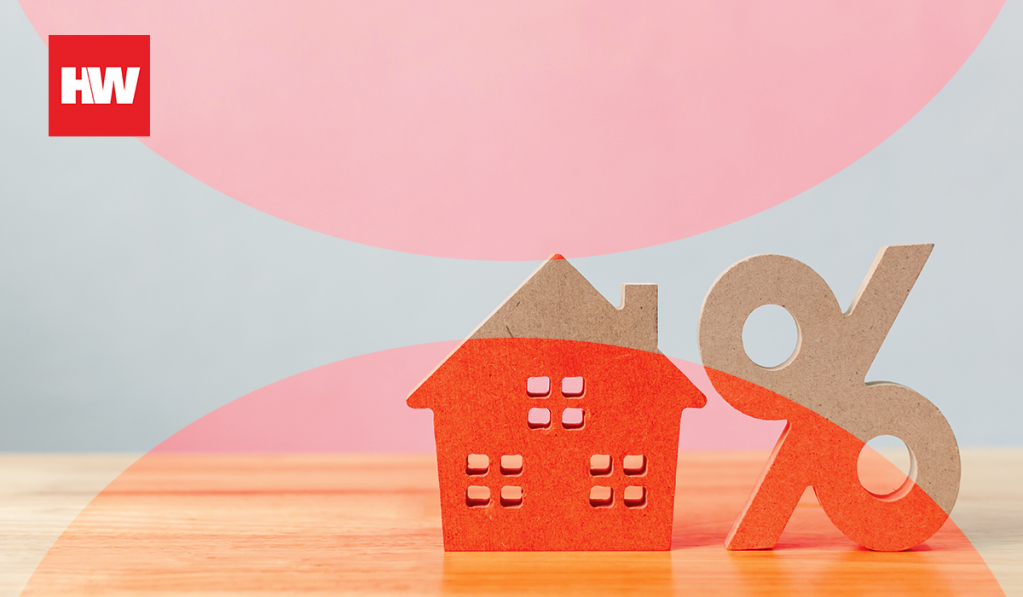Mortgage rates remained well above 7% on Thursday as markets digested Wednesday’s Fed meeting.
Freddie Mac‘s Primary Mortgage Market Survey, which focuses on conventional and conforming loans with a 20% down payment, shows the 30-year fixed rate averaged 7.19% as of Sept. 21, up one basis point from last week’s 7.18%. By contrast, the 30-year fixed-rate mortgage was at 6.29% a year ago at this time.
“Mortgage rates continue to linger above 7% as the Federal Reserve paused their interest rate hikes,” Sam Khater, Freddie Mac’s chief economist said.
Elevated mortgage rates weigh negatively on the housing demand, and by extension on homebuilders, Kharter added.
“Builder sentiment declined for the first time in several months and construction levels have dipped to a three-year low, which could have an impact on the already low housing supply,” he noted.
Other indices showed different mortgage rates this week.
HousingWire’s Mortgage Rates Center showed Optimal Blue’s 30-year fixed rate for conventional loans at 7.22% on Wednesday, compared to 7.16% the previous week. At Mortgage News Daily on Wednesday, the 30-year fixed rate for conventional loans was 7.33%, up from 7.22% the previous week.
Members of the Federal Open Market Committee expect interest rates to remain elevated for longer than had been expected
The Fed paused its rate hikes yesterday as several economic indicators — including the improved core CPI figures, lower job openings, and higher unemployment rate — point towards a cooling economy. However, members remained cautious and the committee’s updated outlook implies a forthcoming monetary policy that is “tighter for longer,” Jiayi Xu, economist at Realtor.com said.
“With the year-end projection for 2023 remaining at 5.6%, we are drawing closer to another potential rate hike as the year approaches its end,” she said.
Furthermore, the expected policy rate for the conclusion of 2024 and 2025 is now half a percentage point higher than what was anticipated back in June, reinforcing the trend toward a more restrictive monetary policy in the path forward.
While higher interest rates indicate additional hurdles to come for the housing market, the fall typically ushers in more favorable buying conditions compared to the rest of the year, according to Xu.
“For those looking to purchase a home in this tough year, the first week of October will emerge as the best time to make a move,” Xu said.
Historical data suggests that during this particular week, home prices tend to dip below their peak levels, competition subsides, and the housing inventory expands compared to the busy summer months, she explained.
Meanwhile, homebuyers who can’t afford to buy a house in today’s market can rely on renting as rental prices are going down.






